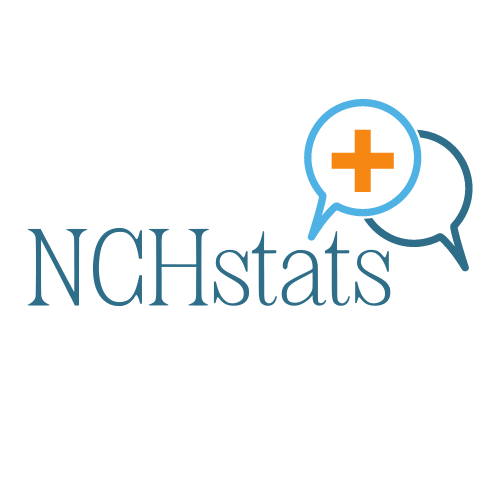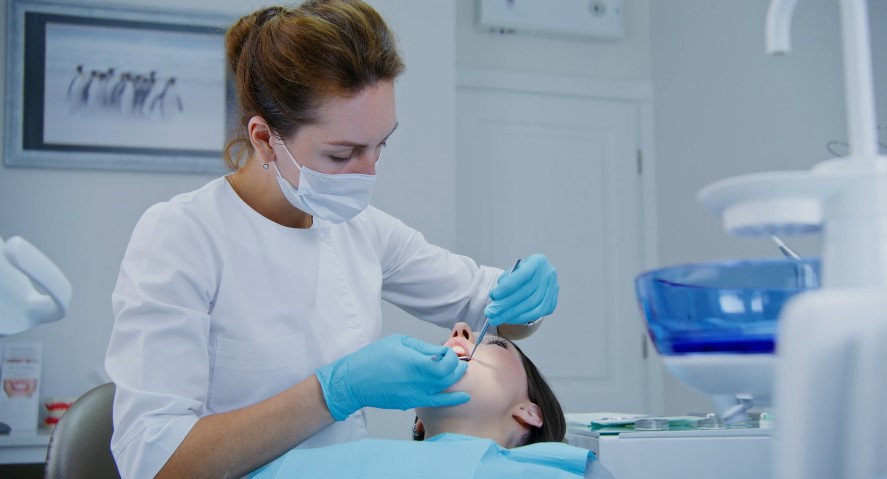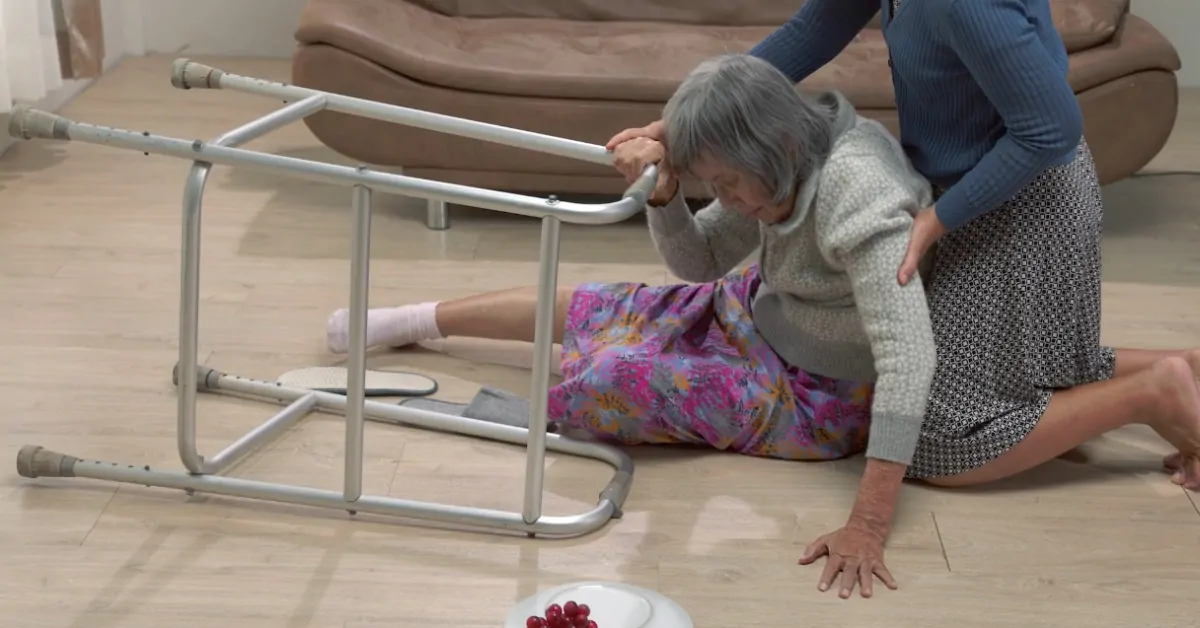Oral health is an essential aspect of overall well-being, yet millions of Americans face barriers that prevent them from accessing necessary dental care.
According to the CDC, 66% of U.S. adults reported visiting a dentist in 2022.
However, this figure varies significantly based on factors like age, income, race/ethnicity, and insurance coverage.
Data from the American Dental Association (ADA) and National Health Interview Survey (NHIS) highlight that only 43% of the population visited a dentist in 2021, with even lower rates among adults aged 19 to 64.
One of the most concerning trends is that dental care is the most neglected health service due to cost barriers.
While only 4% to 5% of the population reported skipping medical care due to financial reasons, a staggering 13% skipped dental care because they could not afford it.
This article examines national trends in dental care utilization, insurance coverage, and financial barriers, offering a data-driven analysis of the disparities affecting millions of Americans.
Table of Contents
ToggleDental Care Trends
Despite recommendations for annual dental visits, many Americans do not seek routine care. This lack of utilization is largely influenced by demographic and economic factors.
Dental Visits by Age Group
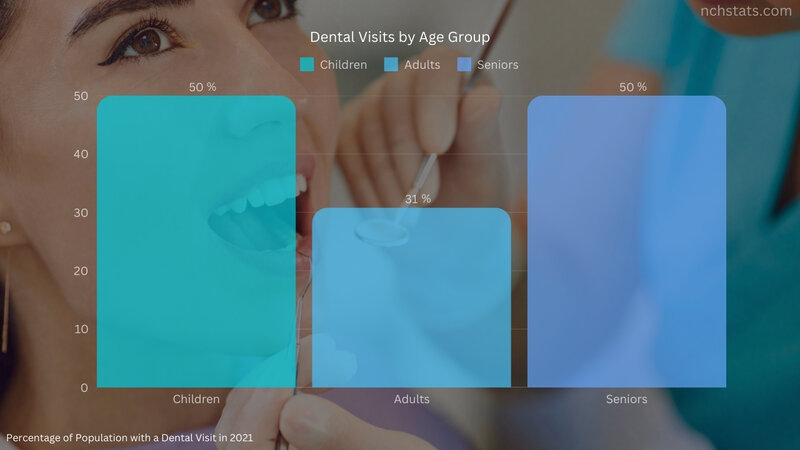
Children have the highest dental visit rates, largely due to public insurance programs like Medicaid and CHIP, which provide coverage for low-income families.
Adults aged 19-64 have the lowest rates, mainly due to cost barriers and the lack of universal dental insurance coverage according to the ADA. Seniors’ utilization remains stable at 50%, reflecting increased Medicare Advantage coverage, which often includes dental benefits according to NCBI.
Dental Visits by Race or Ethnicity
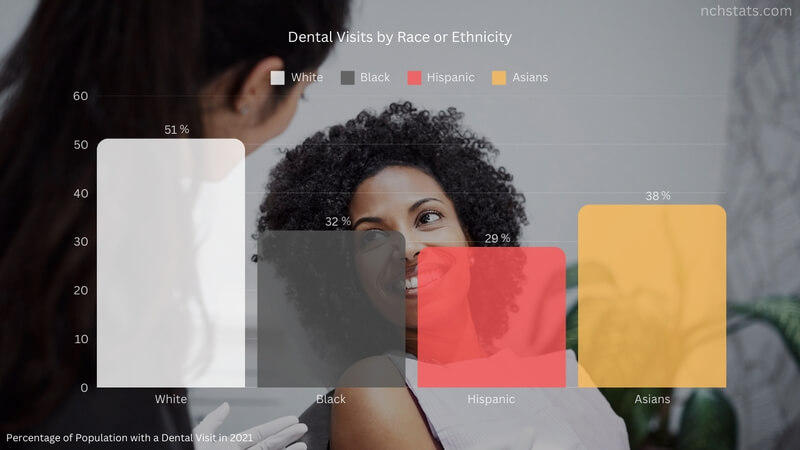
White Americans have the highest dental visit rates. Black and Hispanic populations report significantly lower visit rates, often due to lower income levels, lack of insurance, and fewer dental providers in their communities.
Dental Visits by Income Level
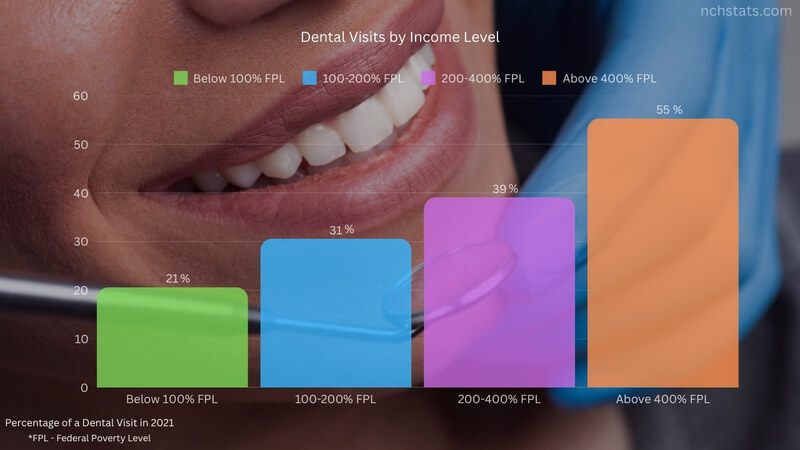
Higher-income individuals are twice as likely to visit the dentist compared to those in poverty according to BMS Healthservices.
Cost barriers and lack of dental insurance are major contributors to this disparity. The gap is particularly severe among adults, where lower-income individuals are more likely to forgo dental care due to cost.
Cost Barriers to Dental Care
Financial constraints remain the biggest obstacle to receiving dental care, with adults facing the highest burden.
Percentage of Population Who Skipped Dental Care Due to Cost (2022)
| Age Group | Percentage Skipping Dental Care Due to Cost |
| Children (0-18) | 3.2% |
| Adults (19-64) | 16.8% |
| Seniors (65+) | 5.1% |
Adults experience the highest financial barriers, as employer-based dental insurance is often limited. Children and seniors have lower cost-related barriers due to Medicaid, CHIP, and some Medicare Advantage plans covering dental services.
For individuals seeking affordable, high-quality dental care, providers like Great Expressions Dental offer a network of locations and services tailored to meet diverse patient needs.
Dental Insurance Coverage in the U.S.
Dental insurance plays a critical role in determining access to care, with significant disparities across different age groups.
Dental Insurance Coverage by Age
| Age Group | Private Insurance | Public Insurance (Medicaid/CHIP) | Uninsured |
| Children (0-18) | 53% | 38% | 9% |
| Adults (19-64) | 61% | 15.7% | 22.8% |
| Seniors (65+) | Data unreliable due to Medicare Advantage limitations | – | – |
Children have the highest insurance coverage, thanks to Medicaid and CHIP as noted by KFF.
Adults aged 19 to 64 face the highest levels of being uninsured (22.8%), limiting access to affordable care. Medicare coverage for seniors is difficult to assess, as it does not include traditional dental benefits, but many seniors access dental care through Medicare Advantage plans.
State-by-State Dental Visit Rates
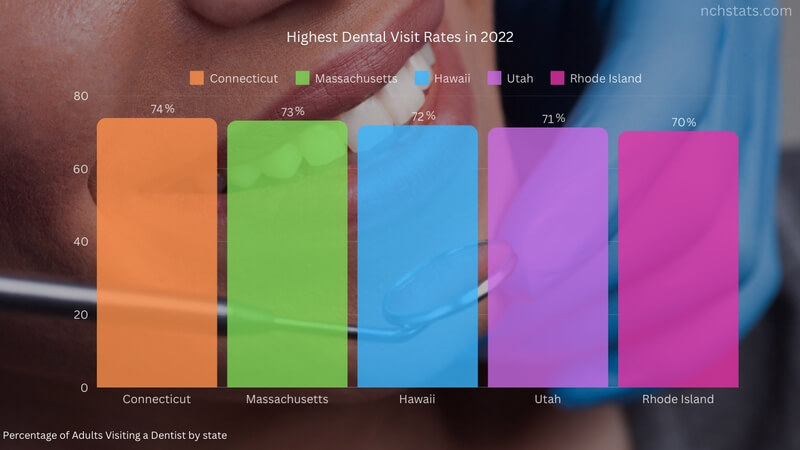
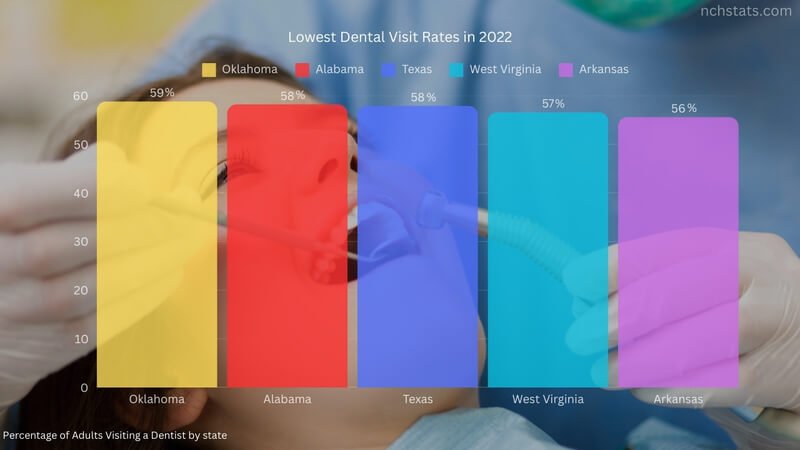
- New England states lead the nation in dental care utilization due to higher insurance coverage and better access to providers.
- Southern and rural states report the lowest utilization rates, reflecting disparities in healthcare access.
For example, providers such as Relax DDS operate in regions where insurance coverage may be uneven, helping to meet demand for essential services in communities that might otherwise be underserved.
Trends in National Dental Spending
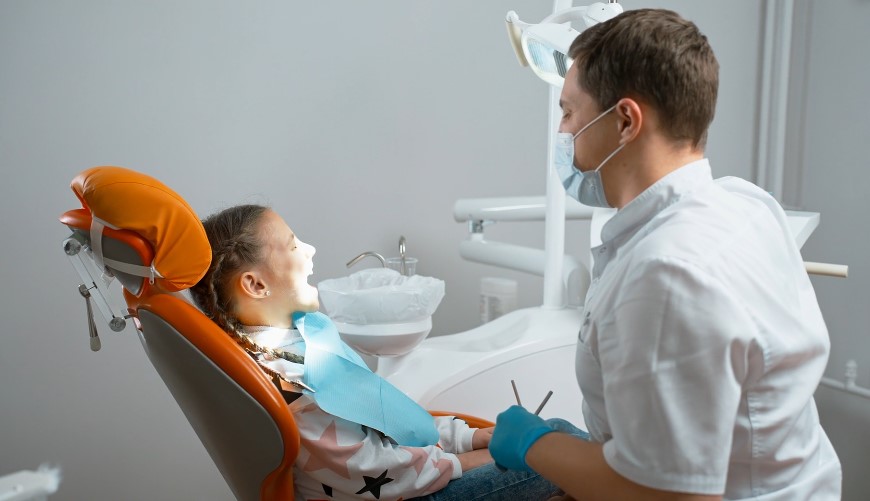
Dental spending continues to grow but lags behind overall healthcare spending.
- Total U.S. dental expenditures in 2023: $174 billion, representing 3.6% of total health expenditures.
- Year-over-year growth (2022-2023): 2.5% increase in dental spending as noted by American Dental Association.
- Medicare-driven increase: $3 billion, due to the expansion of Medicare Advantage dental benefits.
- Private insurance spending decreases: 0.4% decline.
- Out-of-pocket spending decreases: 0.7% decline.
- Government spending on dental care is rising, driven by Medicare Advantage and Medicaid.
- Private insurance and out-of-pocket payments are slightly declining, reflecting changes in coverage policies and consumer behavior.
Methodology
This article was crafted using the latest data from reputable sources, including the American Dental Association (ADA), the Centers for Disease Control and Prevention (CDC), the National Health Interview Survey (NHIS), and the Medical Expenditure Panel Survey (MEPS).
We analyzed dental care utilization, insurance coverage, cost barriers, and spending trends across different demographics. Data was presented in tables and percentages to highlight disparities based on age, race/ethnicity, income, and state-level differences.
Sources such as BMS Health services, KFF, and NCBI were used to provide additional insights. Government reports and research studies were cross-referenced to ensure accuracy.
Conclusion
The data show stark disparities in dental care utilization, insurance coverage, and cost barriers. Children and seniors have relatively higher access rates, but working-age adults remain the most vulnerable, particularly those in low-income brackets and without insurance.
With 13% of Americans skipping dental care due to cost, expanding affordable dental coverage is essential. The rising influence of Medicare in dental spending signals a shift toward more inclusive policies, but more must be done to address racial, economic, and geographic disparities.
Policymakers must prioritize making dental care an integral part of healthcare reform to ensure all Americans (regardless of age, race, or income) have access to essential oral health services.
References
- Centers for Disease Control and Prevention (CDC) – Dental Visits Among Adults in the United States, 2022
- American Dental Association (ADA) – National Trends in Dental Care Use, Benefits & Barriers
- National Center for Biotechnology Information (NCBI) – Medicare Advantage and Dental Coverage
- BMS Healthservices – Income Disparities in Dental Care Utilization
- Kaiser Family Foundation (KFF) – Variation in Use of Dental Services by Children and Adults in Medicaid or CHIP
- American Dental Association (ADA) – National Dental Spending Trends
